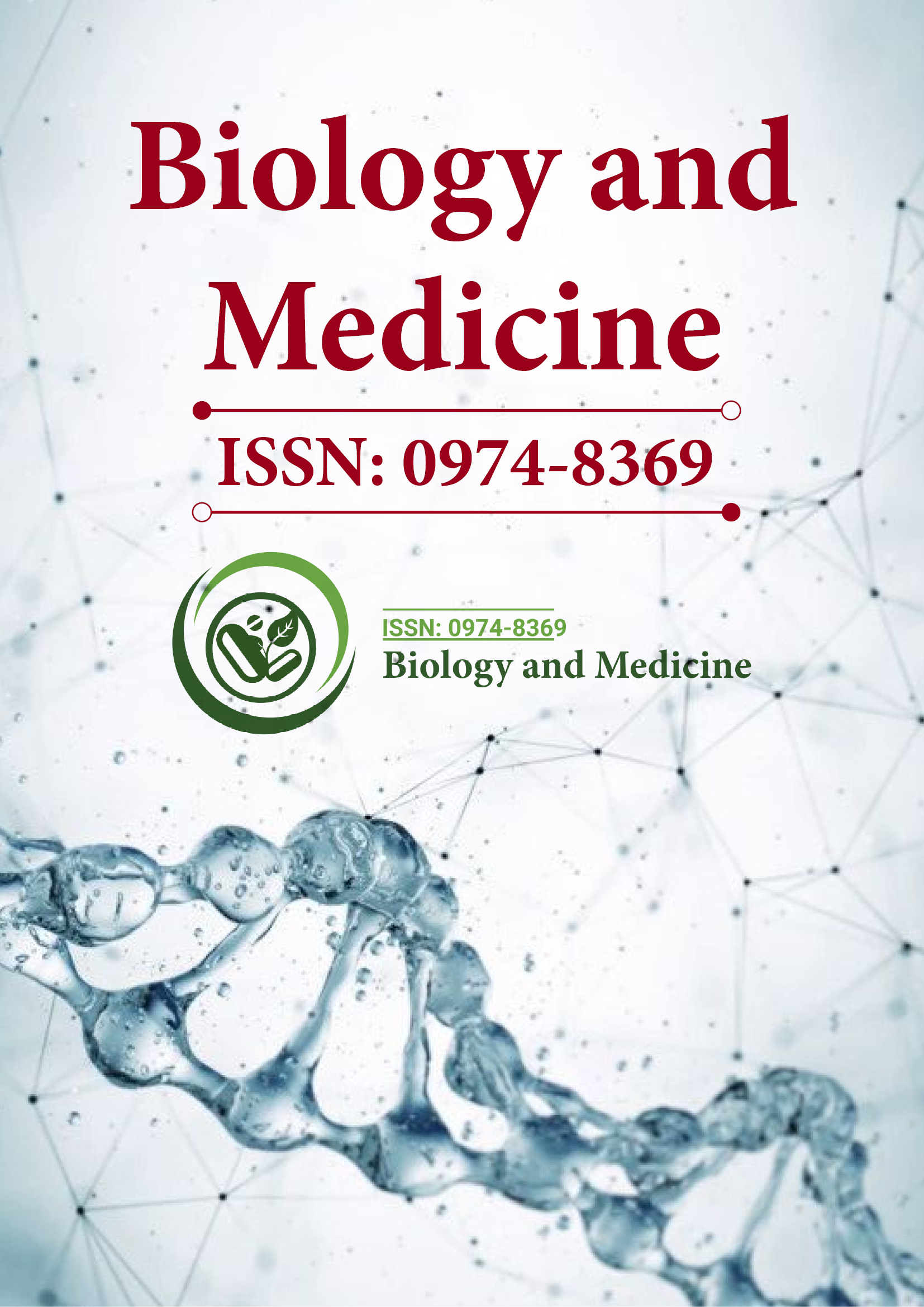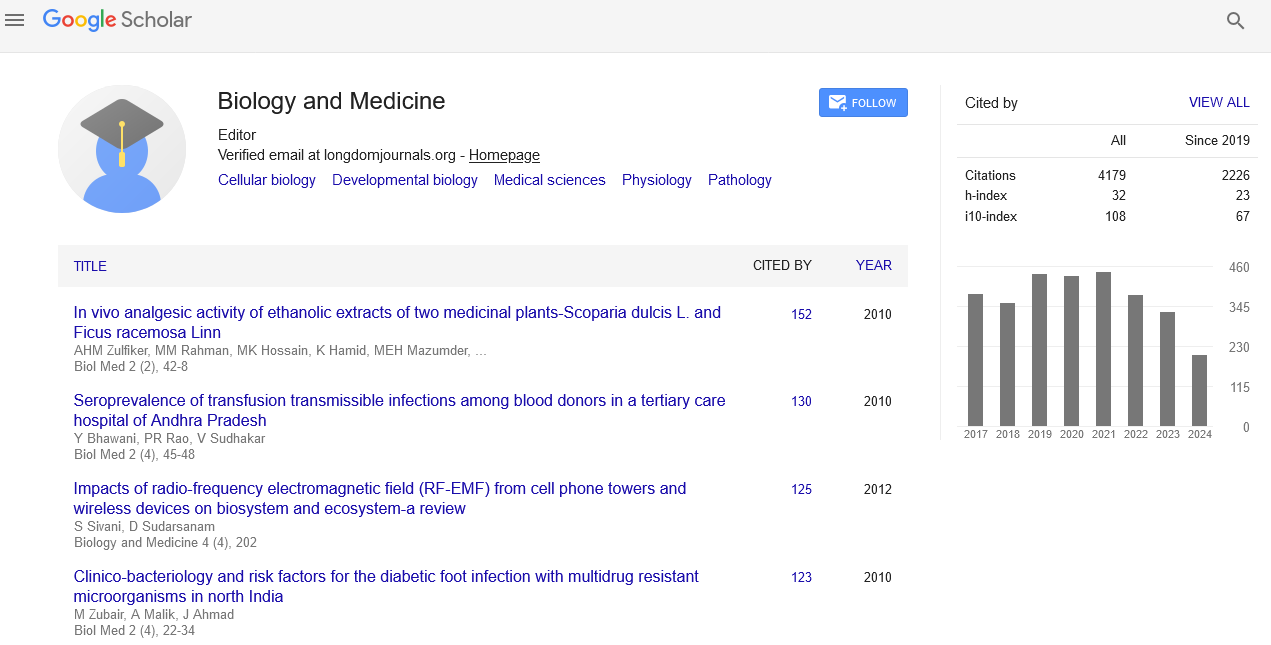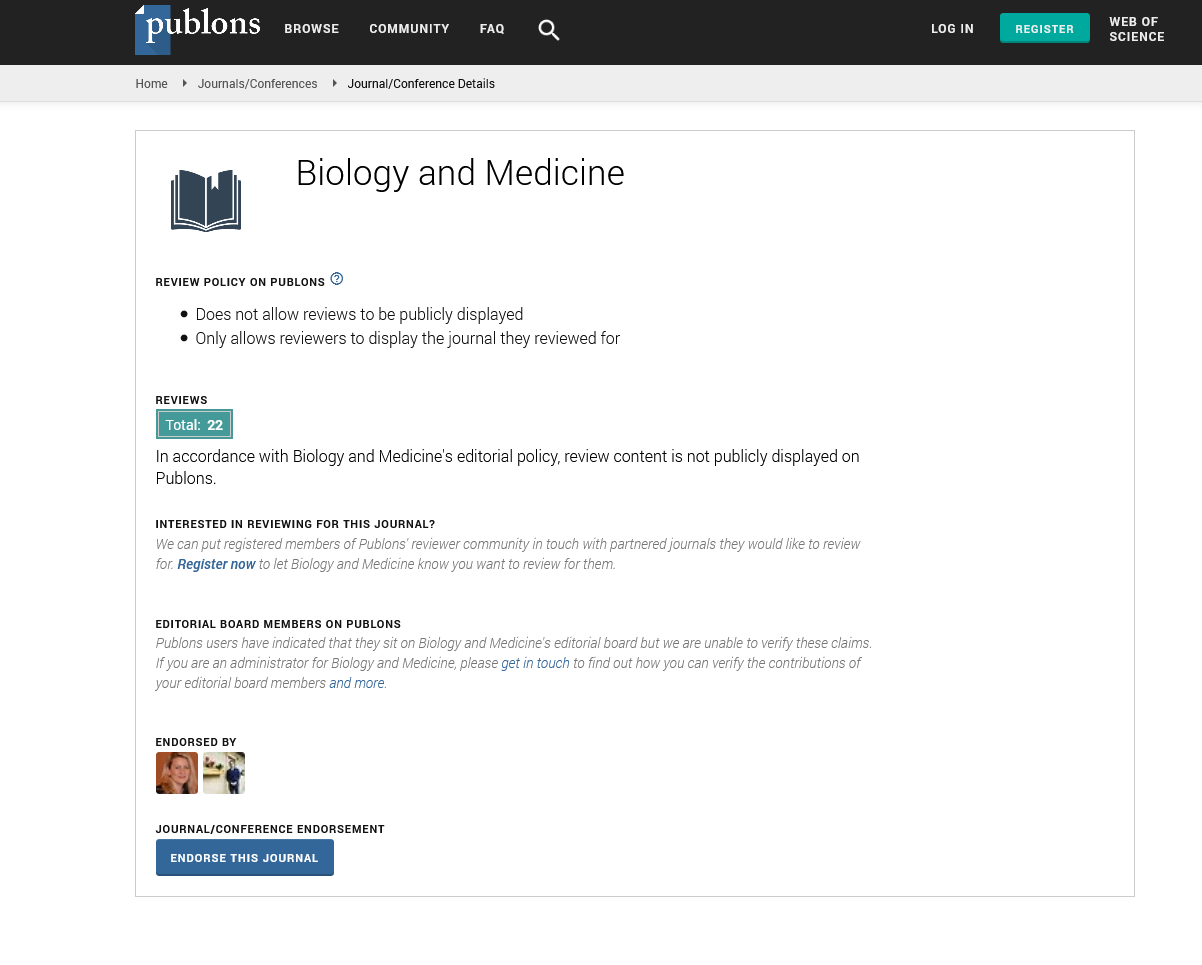Indexed In
- Open J Gate
- Genamics JournalSeek
- CiteFactor
- Cosmos IF
- Scimago
- Ulrich's Periodicals Directory
- Electronic Journals Library
- RefSeek
- Hamdard University
- EBSCO A-Z
- Directory of Abstract Indexing for Journals
- OCLC- WorldCat
- Proquest Summons
- Scholarsteer
- ROAD
- Virtual Library of Biology (vifabio)
- Publons
- Geneva Foundation for Medical Education and Research
- Google Scholar
Useful Links
Share This Page
Journal Flyer

Open Access Journals
- Agri and Aquaculture
- Biochemistry
- Bioinformatics & Systems Biology
- Business & Management
- Chemistry
- Clinical Sciences
- Engineering
- Food & Nutrition
- General Science
- Genetics & Molecular Biology
- Immunology & Microbiology
- Medical Sciences
- Neuroscience & Psychology
- Nursing & Health Care
- Pharmaceutical Sciences
Commentary - (2024) Volume 16, Issue 7
Preventive Measures for Reducing Atherosclerosis in the Aging Population
Sophie Blaise*Received: 25-Jun-2024, Manuscript No. BLM-24-26729; Editor assigned: 27-Jun-2024, Pre QC No. BLM-24-26729 (PQ); Reviewed: 12-Jul-2024, QC No. BLM-24-26729; Revised: 19-Jul-2024, Manuscript No. BLM-24-26729 (R); Published: 26-Jul-2024, DOI: 10.35248/0974-8369.24.16.709
Description
Atherosclerosis is a chronic inflammatory disease characterized by the formation of plaque in arterial walls, is a leading cause of cardiovascular diseases, including heart attacks and strokes. Aging is a significant risk factor for atherosclerosis, as the process is accelerated by age-related physiological changes. Understanding the mechanistic links between aging and atherosclerosis is essential for developing effective strategies to manage and prevent cardiovascular diseases in the elderly
One of the earliest events in atherosclerosis is endothelial dysfunction, where the endothelial cells lining the arteries become damaged. Aging exacerbates endothelial dysfunction through increased oxidative stress and inflammation. The accumulation of Reactive Oxygen Species (ROS) leads to oxidative modification of Low-Density Lipoprotein (LDL) cholesterol, which is a key factor in plaque formation. Additionally, age-related reductions in Nitric Oxide (NO) production impair endothelial cell function, further promoting atherosclerosis. Chronic low-grade inflammation or "inflammaging," is an indicator of aging and plays a essential role in atherosclerosis. Aging is associated with an increase in proinflammatory cytokines and immune cell activation, contributing to the progression of atherosclerotic plaques. The persistent inflammatory state accelerates the recruitment of monocytes to the arterial wall, where they differentiate into macrophages and ingest oxidized LDL, forming foam cells and contributing to plaque. Aging affects lipid metabolism, leading to dyslipidemia, which is characterized by elevated levels of LDL cholesterol and decreased High-Density Lipoprotein (HDL) cholesterol. The impaired clearance of LDL and increased production of triglycerides contribute to the development and progression of atherosclerosis. Additionally, changes in hepatic and peripheral lipid handling with age can further exacerbate dyslipidemia.
VSMCs play an essential role in maintaining arterial structure and function. Aging leads to changes in VSMC phenotype and function, including increased proliferation and migration, which contribute to plaque formation and vascular remodeling. The shift from a contractile to a synthetic phenotype in VSMCs promotes extracellular matrix production and contributes to plaque stability and progression. The ECM provides structural support to the arterial wall and is involved in plaque development and stability. Aging is associated with changes in ECM composition, including increased collagen deposition and reduced elastin content. These alterations contribute to increased arterial stiffness and plaque vulnerability, impacting overall vascular health. Understanding the impact of aging on atherosclerosis emphasizes the need for early detection and risk assessment. Advanced imaging techniques, such as carotid ultrasound and Computed Tomography (CT) angiography, can helps to identify early signs of atherosclerosis and assess plaque burden. Biomarkers of inflammation, oxidative stress, and endothelial function may also aid in early diagnosis and risk stratification.
Regular physical activity, a heart-healthy diet, and smoking cessation are essential in decreasing the effects of aging on atherosclerosis. Nutritional supplements and dietary interventions, such as omega-3 fatty acids and antioxidants, may also offer benefits in reducing inflammation and oxidative stress. Statins, which lower LDL cholesterol levels, are widely used in the management of atherosclerosis. In elderly patients, the benefits of statin therapy must be weighed against potential risks, such as adverse effects on muscle function and cognitive health. Newer lipid-lowering agents, such as PCSK9 inhibitors, offer additional options for managing dyslipidemia and reducing cardiovascular risk.
The integration of personalized medicine approaches can improve outcomes for elderly patients with atherosclerosis. Genetic and genomic profiling may help identify individuals at higher risk of atherosclerosis and guide tailored treatment strategies. For example, genetic variations affecting lipid metabolism or inflammation may influence treatment decisions and therapeutic responses. Preventive measures are essential in reducing atherosclerosis among the aging population. Public health initiatives aimed at promoting cardiovascular health, such as hypertension control, diabetes management, and regular screening for dyslipidemia, are essential. Vaccination against influenza and pneumococcal infections can also help reduce the risk of cardiovascular events in the elderly.
Citation: Blaise S (2024). Preventive Measures for Reducing Atherosclerosis in the Aging Population. Bio Med. 16:709.
Copyright: © 2024 Blaise S. This is an open-access article distributed under the terms of the Creative Commons Attribution License, which permits unrestricted use, distribution, and reproduction in any medium, provided the original author and source are credited.


